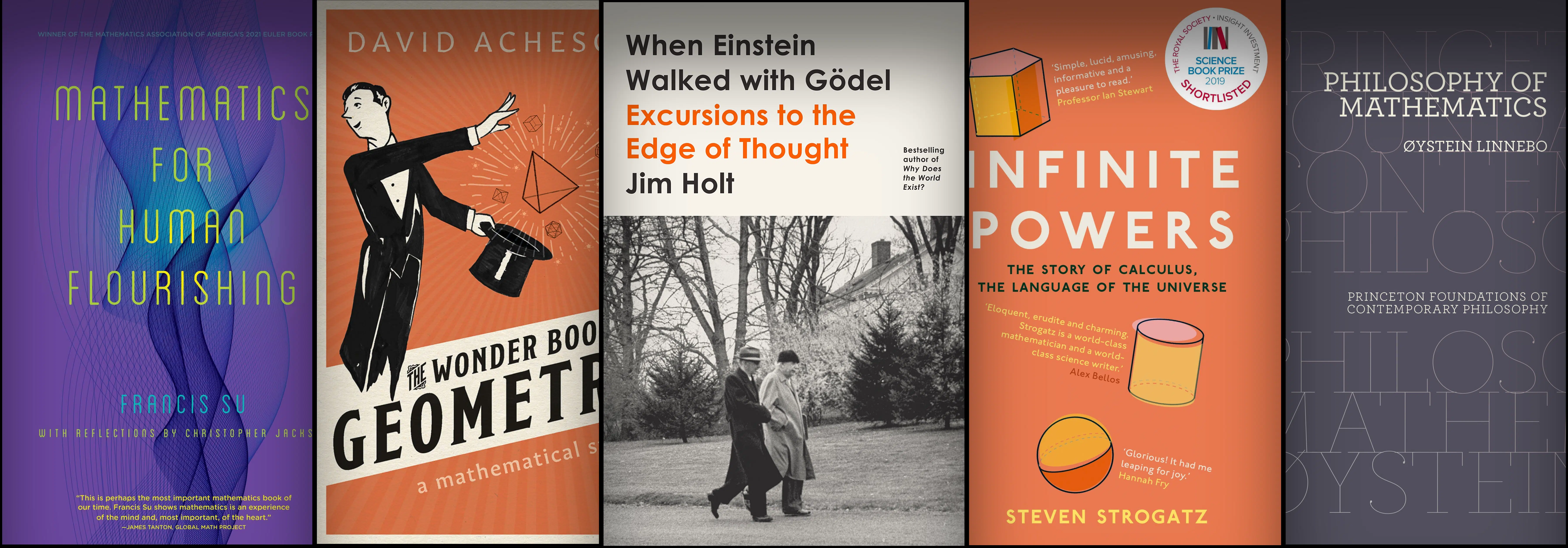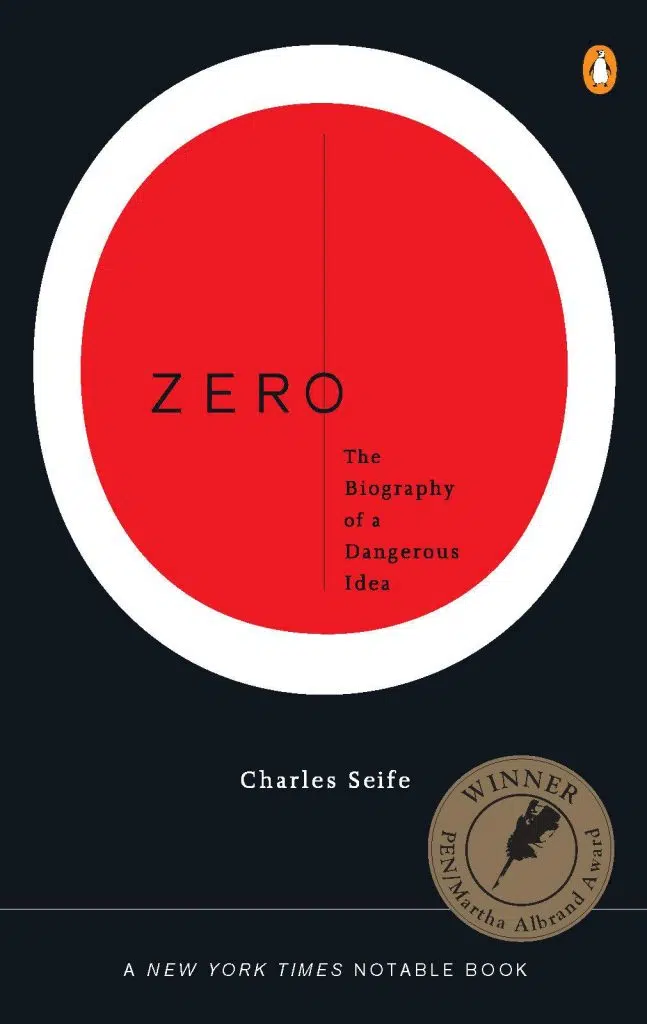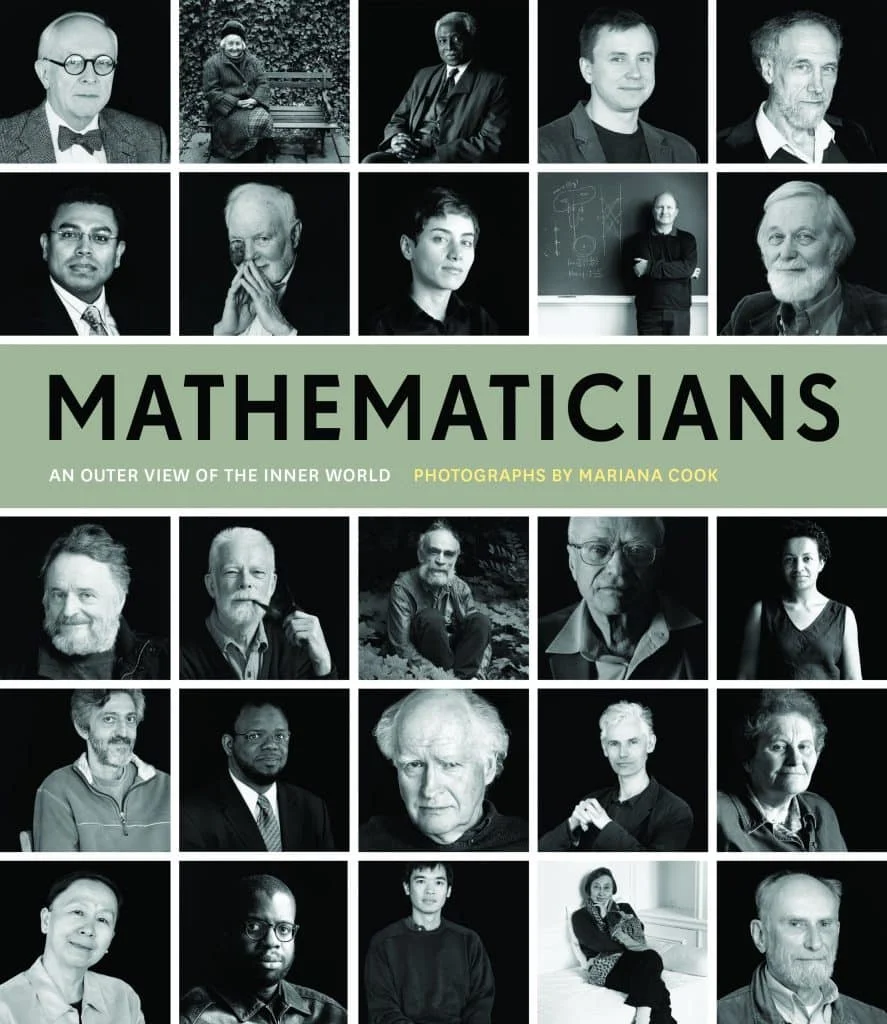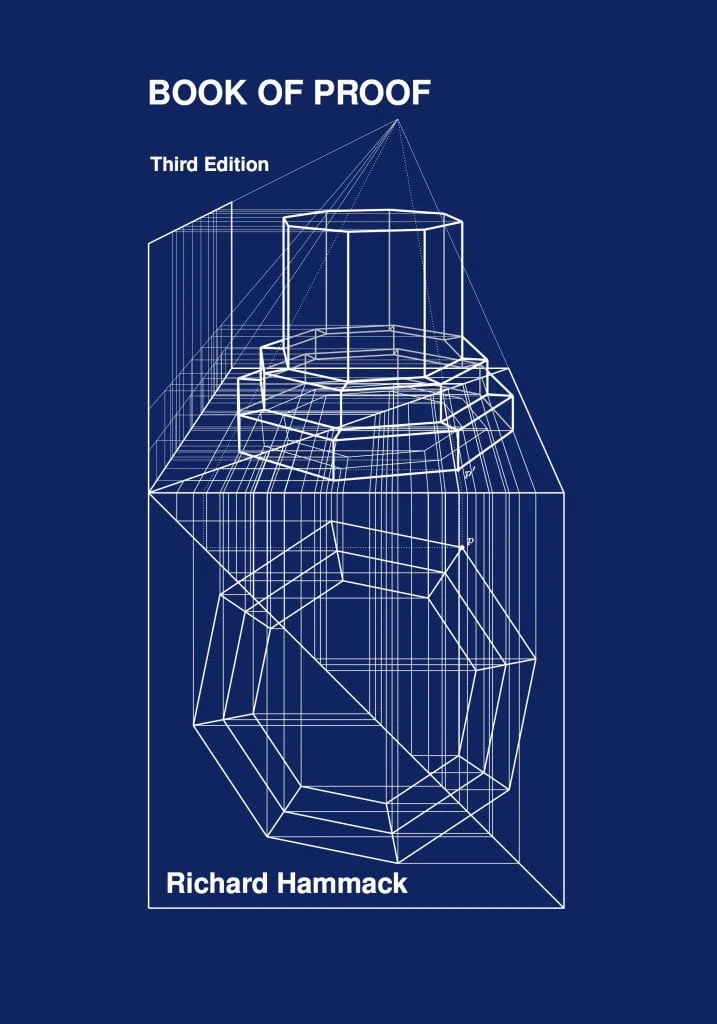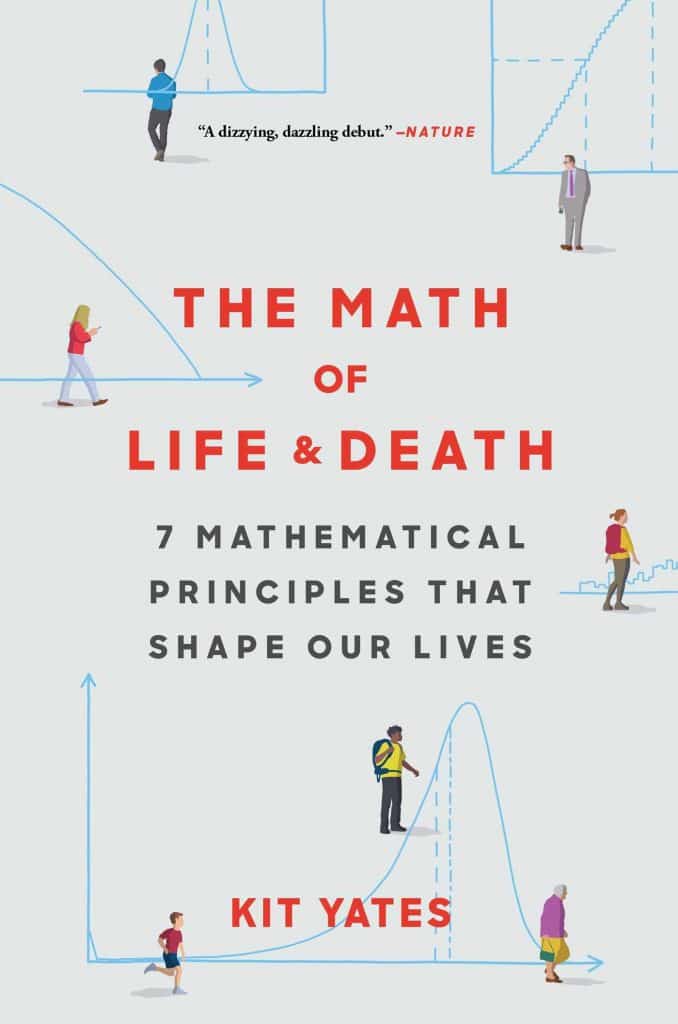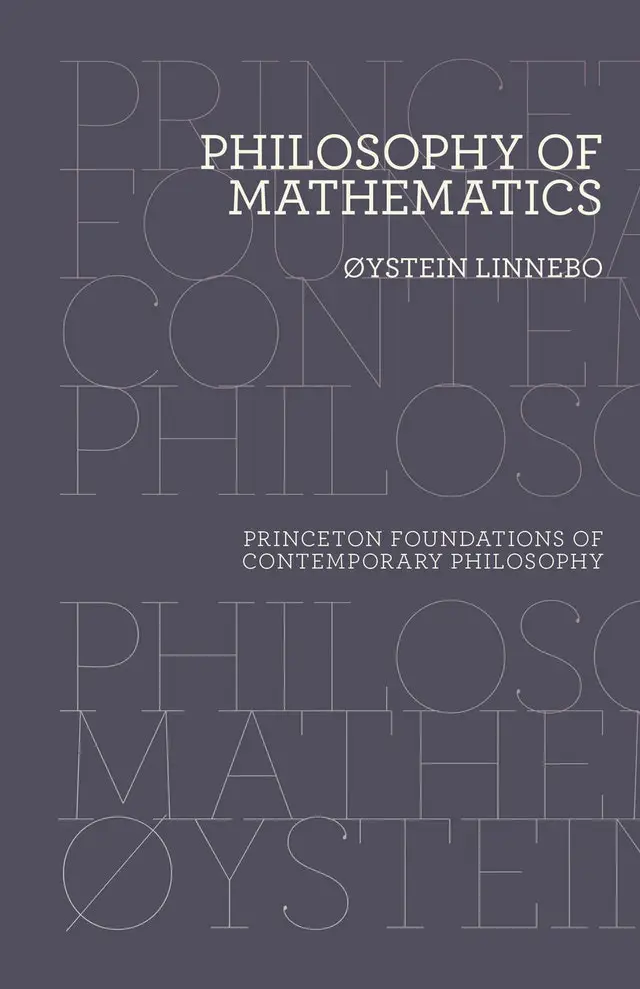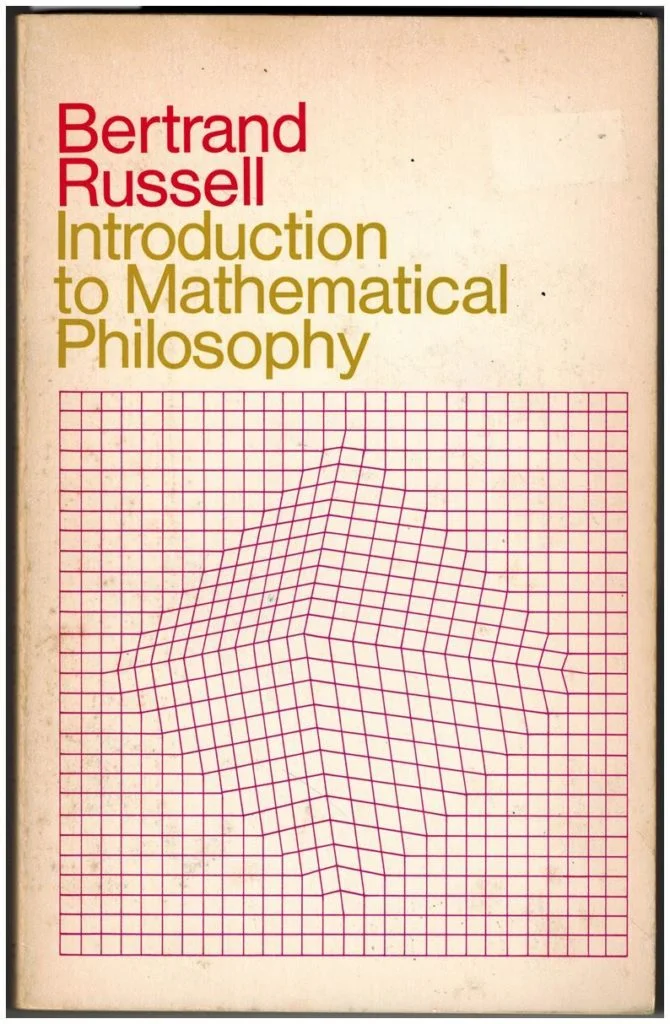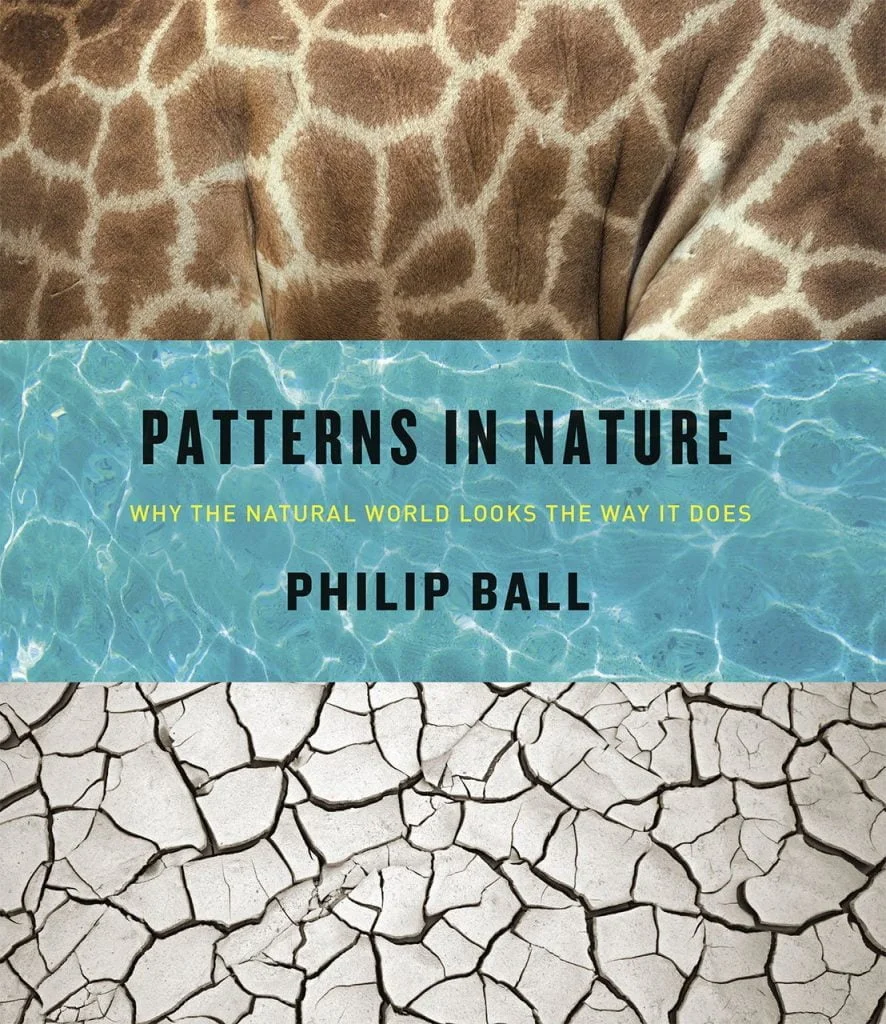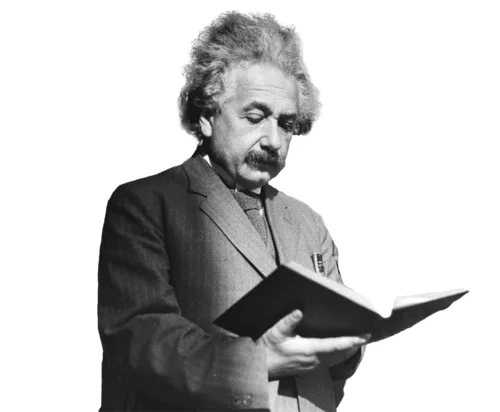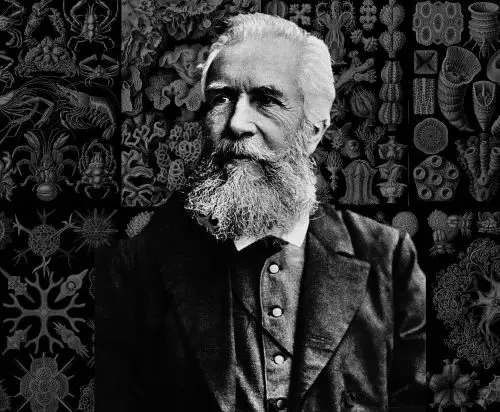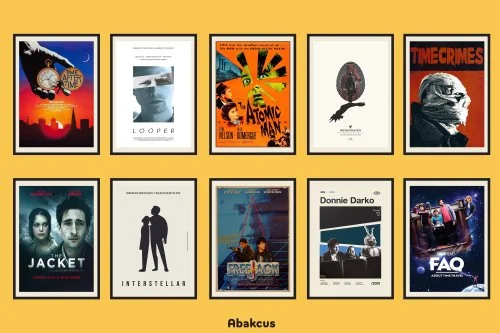Are you looking for a comprehensive mathematical reading list that will spark your curiosity and keep your motivation up throughout the year? Look no further! I have got just the thing. This “Beautiful Mathematical Reading List for 2023” provides an exciting selection of mathematics resources, from introductory guides to advanced topics, covering everything in between.
Whether you are a math person who has been studying the subject since childhood or someone keen to start exploring this fascinating world, this reading list is perfect for everyone interested in deepening their understanding of mathematical concepts and sharpening their skills. Read on to discover what lies ahead – from challenging texts full of diagrams and equations to captivating stories about famous mathematicians- these titles are sure to expand your horizons in 2023!
Why Should You Have a Mathematical Reading List in 2023?
For the vast majority of people, the word “Math” evokes unpleasant memories of their high school years. We must resolve this issue as soon as possible! However, how do we do it? Is that even possible?
Mathematics is a profound subject with an abundance of wonderful things to offer its students. For thousands of years, mathematicians have attempted to make our lives more beautiful and comfortable by employing mathematical principles and techniques. Many of them are willing to share their experiences and knowledge with us!
If you do not know anything about anything, there is no reason for you to be pleased about it. That is why you should start learning new things about mathematics, and the ideal method to do so is to have a mathematical reading list and read the best books on the subject matter.
Here, I have curated 22 wonderful math books to make your lives a little bit easier. Once you have delved into these math books, you will never see mathematics as tedious or intimidating again.
If you like this list you can also check, The Ten Best Popular Physics Books of 2022.
Before I get started, I would like to suggest Audible for those of us who are not the best at reading. Whether you are commuting to work, driving, or simply doing dishes at home, you can listen to these books at any time through Audible.If mathematics had a biography, it would be Zero: The Biography of a Dangerous Idea by Charles Seife. This book showcases mathematics in an entirely new way as readers are taken on a journey through zero’s history, uses, and implications. From ancient civilizations to our modern mathematics, Zero: The Biography of a Dangerous Idea chronicles how zero has shaped mathematics and our world in remarkable ways. Whether you are interested in mathematics or want a captivating read, Zero: The Biography of a Dangerous Idea is sure to please.
The Babylonians were the ones who first came up with the idea. Still, the Greeks outlawed it, and the Church employed it to combat heretics. At this point, it poses a danger to the fundamentals upon which modern physics is built. Once it was tamed, the power of zero became the essential instrument in mathematics. For ages, its power was associated with the dark arts and the demonic. Because zero, the number that is the twin of infinity, is unlike any other number. It is nothing and everything at the same time.
In his book “Zero: The Biography of a Dangerous Idea,” science journalist Charles Seife traces the history of this seemingly innocuous number from its origins as a philosophical concept in the East through its fight for acceptance in Europe, its ascent and transcendence in the West, and its ongoing danger to contemporary physics. From Pythagoras to Newton to Heisenberg, from the Kabalists to today’s astrophysicists, these great philosophers have tried to grasp it. Their disagreements shook the foundations of philosophy, science, mathematics, and religion.
Zero has put East against West and faith against reason, and its intransigence endures in both the shadowy interior of a black hole and the dazzling flare of the Big Bang. Today, the concept of zero is at the center of one of the most contentious debates in the history of science: the search for a theory that explains everything.
When Einstein Walked with Gödel is a scintillating collection where Jim Holt explores these special moments between Albert Einstein and Kurt Gödel – times when two brilliant thinkers discussed topics that pushed our understanding of science and philosophy forward like never before!
If you have ever pondered the mysteries of science and philosophy, then you know how fascinating it can be to imagine two great minds engaging in deep conversations. That is exactly what happened when Albert Einstein and Kurt Gödel went for their famous walks at Princeton University during the 1930s. Here, amidst heated debates about physics, mathematics, and philosophy, the two men exchanged ideas that paved the way for modern scientific theories.
During the 1930s, Einstein and Gödel often took long walks around Princeton University. The two men had deep conversations about physics, mathematics, and philosophy, and their walks are now remembered as some of the most productive moments of their friendship.
One of the most famous discussions during these walks was the debate over the concept of time. Einstein believed that time was absolute, meaning it existed independently of any observer. Gödel, on the other hand, argued that time was relative and depended on the individual’s perspective.
The two men also discussed Gödel’s incompleteness theorem, which states that certain mathematical truths cannot be proven within a given system. Einstein was fascinated by this theorem and praised Gödel for his innovative thinking.
Overall, the walks between Einstein and Gödel were a great opportunity to discuss their ideas and theories about the world around them. These conversations helped to shape some of the most important ideas in modern physics and mathematics.
In a surprising turn of events, my journey into the world of mechanical engineering took me to a place I never imagined. Working on innovative automotive pushrods brought me face-to-face with the complexities of geometry and the importance of precision in design. Little did I know, measuring roundness and concentricity can be extremely challenging without sacrificing the pushrods themselves!
While “How Round Is Your Circle?: Where Engineering and Mathematics Meet” may not directly address this dilemma, it certainly delves into intriguing related questions. How does one draw a straight line? How can you verify the roundness of a circle? Surprisingly, these seemingly trivial problems play a vital role in engineering design. In How Round Is Your Circle, the authors aim to show mathematicians the significance of practical engineering problems and how small changes can have a big impact.
The authors’ fascination with analog scientific instruments is evident throughout the book. They include a range of physical models and provide instructions on how to make and use them. From hatchet planimeters crafted from coat hangers and washers to ingenious linkages, these models offer a hands-on exploration of mathematical concepts.
While How Round Is Your Circle? lacks a cohesive storyline, it is a treasure trove of captivating content for those who share the authors’ passion. It covers geometry, trigonometry, and elementary calculus, offering valuable examples and applications that can be applied in educational settings. However, it falls short of truly exploring the vast intersection of engineering and mathematics.
In “How Round Is Your Circle?“, the authors offer a glimpse into an intriguing world where precision and innovative thinking collide. While it may not fully live up to its title, it certainly sparks curiosity and offers a thought-provoking exploration of the meeting point between two fascinating fields.
A wonderful collection of ninety-two photographic portraits of some of the greatest mathematicians of all time can be seen in Mathematicians. The beautiful photos by renowned photographer Mariana Cook are supplemented by concise autobiographical prose written by each mathematician. Cook portrays the vivacious and colorful personalities of these outstanding thinkers. Together, the images and text portray a broad collection of people committed to the fascinating study of mathematics.
Readers are introduced to young and old mathematicians, dads and children, spouses and wives through the fascinating black-and-white photographs. They include Fields Medal winners, people just starting out in their significant careers, and established luminaries in the field. As the mathematicians discuss how they became interested in mathematics, why they love the subject, how they stay motivated in the face of mathematical challenges, and how their greatest contributions have paved new paths for future generations, their candid personal essays reveal unique and wide-ranging thoughts, opinions, and humor. David Blackwell, Henri Cartan, John Conway, Pierre Deligne, Timothy Gowers, Frances Kirwan, Peter Lax, William Massey, John Milnor, Cathleen Morawetz, John Nash, Karen Uhlenbeck, and numerous other mathematicians are among those mentioned in the book.
This photography collection is an inspiring tribute to mathematicians everywhere, conveying the beauty and excitement of mathematics to individuals both inside and beyond the subject.`
The language and common mathematical proving techniques are introduced in this work. It serves as a transition from the computational courses (such as calculus or differential equations) that first-year college students normally take to a more abstract perspective. It lays the groundwork for more theoretical courses like topology, analysis, and abstract algebra. There is essentially no prerequisite other than a certain level of mathematical maturity, though it might be more meaningful to the student who has taken some calculus.
Sets, logic, counting, conditional and non-conditional proof techniques, disproof, inuction, relations, functions, calculus proofs, and infinite cardinality are among the topics covered.”
Mathematical patterns influence every aspect of our lives, from our birthdays to birth rates to how we interpret the passage of time. In contrast, for those of us who left mathematics behind in high school, the numbers and figures thrown our way as we go about our daily lives might occasionally leave us scratching our brains and feeling as like we’re walking through a mathematical minefield. Kit Yates, a mathematician, reveals hidden principles that can assist us in understanding and navigating the chaotic and often opaque surfaces of our world in this eye-opening and incredibly accessible book.
A fascinating journey through everyday events and large-scale applications of mathematical principles, such as exponential growth and decay, optimization, statistics and probability, and number systems, is provided by Yates in The Math of Life and Death. Along the way, he shows the mathematical underpinnings of disputes such as those surrounding DNA testing, medical screening results, and historical events such as the Chernobyl accident and the Amanda Knox case. By the end of the book, readers will have gained a more enlightened perspective on current events and the law, medicine, and history. They will also be better prepared to make personal decisions and solve problems with mathematics in mind, whether it’s choosing the shortest checkout line at the grocery store or halting the spread of a deadly disease.
The emotional roller coaster of romance is difficult to define; it is impossible to predict how lovers could feel from a set of basic formulae. However, this does not rule out the use of mathematics as a valuable tool in studying romantic relationships.
Love, like the majority of things in life, follows a pattern. Mathematics is ultimately the study of patterns—from predicting the weather to stock market oscillations, planet movements, and the growth of cities, to name a few examples. Patterns that twist and turn, warp and evolve, precisely like the love rituals, are depicted here.
A fascinating trip through the patterns that determine our love lives is described in The Mathematics of Love by Dr. Hannah Fry, who applies mathematical formulas to the most frequent yet complicated problems relating to love: Where do you think your chances of finding love are? What is the likelihood that it will be successful? What is the specific mechanism through which online dating algorithms operate? Is it possible to use game theory to assist us in determining who to approach in a bar? When should you start thinking about marriage in your dating life?
With great insight, wit, and fun, the author demonstrates that math can be a surprisingly useful tool in navigating the difficult, often puzzling, sometimes annoying, but always exciting mysteries of love. Dr. Fry’s book is a must-read for everyone who likes math and science fiction.
Discover the captivating world of the philosophy of mathematics with Øystein Linnebo‘s groundbreaking book review. As I taught a special topics course on the history of mathematics, I couldn’t help but delve into the deep questions surrounding the nature of mathematics itself. What truly defines mathematics? Do mathematical objects like sets and numbers exist, and if so, in what form?
To my surprise, these philosophical questions had rarely been considered by my students. It was clear that these topics were not commonly explored in mathematics courses. Most students were preoccupied with grasping complex mathematical concepts, leaving little room for philosophical musings.
Given the scarcity of undergraduate-level textbooks on the philosophy of mathematics, Linnebo’s book is a breath of fresh air. It surpasses other introductory texts in sophistication while still being accessible to those new to the subject. Familiarity with philosophical reasoning and writing, as well as a background in logic, will enhance the reading experience.
Unlike other books on the subject, Linnebo’s comprehensive text goes beyond exploring the foundational schools of thought in the philosophy of mathematics. While formalism, logicism, and intuitionism are covered, Philosophy of Mathematics also delves into contemporary issues that have emerged in recent decades. It strikes a perfect balance between the historical and the modern, making it a valuable resource for anyone interested in the philosophy of mathematics.
Join Øystein Linnebo on a journey through the history, concepts, and debates that shape our understanding of mathematics. Whether you’re a mathematics major or a curious mind, this book will challenge your perception of the subject and leave you eager for more.
Discover the fascinating world of mathematical logic, philosophy, and mathematical foundations through Russell’s Introduction to Mathematical Philosophy. This timeless book challenges traditional philosophy and offers insights into unsolved problems while exploring the logical foundations of mathematics.
Russell, known for his clarity of thought, carefully places this book within the realm of philosophy, despite its unconventional subject matter. He explores the dual nature of mathematics – one direction leading to increasing complexity, and the other towards greater abstraction and logical simplicity. This unique approach sets mathematical philosophy apart from ordinary mathematics.
While Russell’s informal treatment may make for occasional tedious reading, it caters to philosophers with limited symbolic reasoning abilities. Today, the same material would likely be presented in a more concise manner using standard notation.
Russell’s ideas have sparked a wealth of fruitful research. However, one must ponder whether philosophy’s focus on Russell’s pursuit has caused it to overlook significant aspects of mathematics. To delve deeper into this question, explore David Corfield’s Towards a Philosophy of Real Mathematics.
Immerse yourself in the captivating world of mathematical philosophy with Introduction to Mathematical Philosophy by Russell. Challenge traditional thinking and expand your understanding of mathematics like never before.
The natural world has regularities running through it, from the hexagons of a honeycomb to the spirals of a seashell and the branching veins of a leaf, despite the initial impression that it is overwhelming in its richness and complexity. Patterns in Nature explore not only the math and physics but also the beauty and artistry underlying Nature’s awe-inspiring designs, revealing the order at the core of the seemingly chaotic natural world.
In contrast to the patterns we design in technology, architecture, and the arts, natural patterns arise naturally from the forces at work in the physical world. Very often, the same forms of pattern and shape – spirals, stripes, branches, and fractals, say—recur in areas that seem to have nothing in common, as when the striping of a zebra resembles the ripples in windblown sand. That’s because, as Patterns in Nature demonstrates, these patterns can frequently be explained using the same mathematical and scientific concepts at their most fundamental level, demonstrating a startling underlying unity in the natural world’s kaleidoscope. Patterns in Nature uncover the structure at work in enormous and ancient woods, powerful rivers, massing clouds, and coasts carved out by the sea. It is richly illustrated with 250 color images and is supported by readable and enlightening essays by renowned scientific writer Philip Ball.
This breathtaking visual tour illustrates the wonder, beauty, and diversity of natural pattern generation by examining parallels between, for example, a snail shell and the swirling stars of a galaxy or a tree’s branches and a network of rivers.

